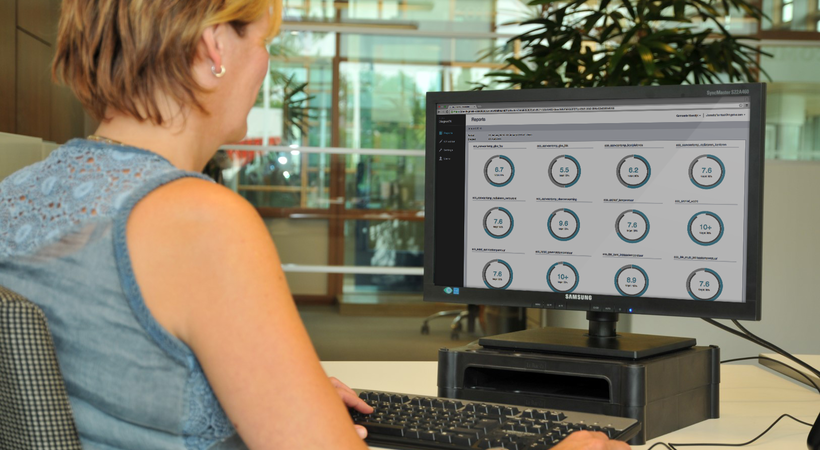Significant advances in building controls systems in recent years have enabled estates managers to optimise their approach to maintenance – both before and after a problem has occurred, says Priva UK managing director, Anders Norén.
As building designs and infrastructures have become evermore complex, so inevitably have the technologies that service and keep them running on a daily basis.
The advent of increasingly sophisticated and powerful BMS over the last five years has meant that estates managers have found it ever-easier to select systems that provide them with a significant level of futureproofing – to cope with the requirements of the building as it changes. But what is also discernible is the ability of many of the latest systems to optimise maintenance operations at every stage of the building’s working life.
Maximising maintenance
One of the main benefits of BMS has traditionally been the ability to respond effectively to issues relating to crucial building systems, such as HVAC and security mechanisms. But with some of the latest BMS technologies it is possible to achieve increasingly effective preventative maintenance thanks to ongoing and comprehensive analysis of building system data.
Here at Priva this has been a primary focus of our R&D efforts in recent years, culminating in the recent introduction of the Priva BI Metrics cloud-based service. Already the subject of a nomination for the prestigious VSK Award in the Netherlands, BI Metrics has been specifically developed to help organisations achieve a better-performing HVAC installation with lower energy usage – and then maintain optimum performance throughout the entire life of the building.
With its service offering based on the acclaimed Microsoft Azure platform, the BI Metrics service makes it possible to analyse a large amount of data – thereby highlighting the specific parts of an installation that are not performing optimally. Consequently, estates managers can instigate targeted, preventive maintenance in those areas where it is required – and nowhere else.
For the effective – and, most acutely, cost-efficient – operation of a building, this heralds very obvious advantages for estates managers. Maintenance-related labour can be optimised like never before, whilst if external assistance needs to be brought in the associated expenses can be reduced to lower levels.
Although the rollout of BI Metrics is at a fairly formative stage, there are already indications that it is set to deliver significant benefits for estates managers. A recent Dutch pilot project is a case in point. Involving the deployment of BI Metrics in a 60,000sqm building, the project has been shown to have yielded remarkable savings of €125,000 over a 12-month period. The limited set-up costs resulted in a near-instantaneous return on investment, while under-performing areas were able to be pinpointed quickly once the system was up-and-running – making it possible to take effective preventive measures.
Energy optimisation
BI Metrics and other next-generation BMS products will, we believe, bring long-term gains for building performance that are only beginning to become clear. One specific area is in the financial space that will be created for estates manager to perform more sustainable management and maintenance, with service organisations and consultants able to achieve continuous adjustments and improvements to the installation – as opposed to substantial (and costly) programmes of work when something substantial goes wrong, as tended to be the case prior to the advent of more sophisticated BMS.
Then there are the overall benefits in terms of overall site-wide energy efficiency. The ability to visualise problem areas and achieve service efforts or investments can result not only in large energy savings – but also boost the comfort and well-being of personnel.
It would be an over-exaggeration to say that all of the market confusion and enduring questions around BMS have fully dissipated, but certainly a greater clarity is now discernible thanks to more carefully targeted and concisely explained offerings. The result is that an increasing number of end-users, working in all manner of businesses and site locations, are now able to optimise the entire life-cycle of their buildings – to the very tangible benefit of owners, staff and visitors.





